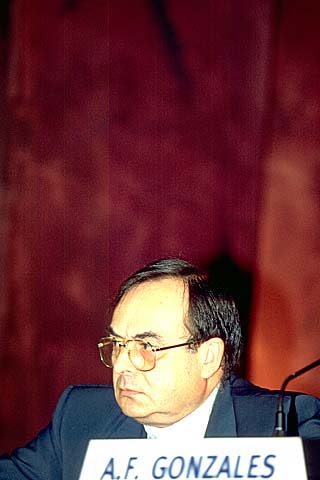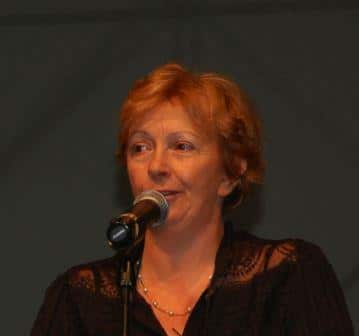Beyond the sea
‘In the great renewal of mterest around the adventure of Christopher Columbus, the sccalied pre-Columbian civilizafions and the “roots” of the various ethrric grou-ps that live in the Latin-American universe, there is a sort of horizon beyond which one cannot see. a dark side of the moon: this shadowy worid, this chapter of history which nceds to be carefully studied is that of 1 the Evangelization of Latin America. It is a fact that the peopies of this confinent are Chrisfians. Tbc most: impressive thing is that they were converted over a period of iust a few decades, thanks to a missionary impetus without parallel except for the first Evangelization the worid experienced after the death of Christ. From the very first year new lands were discovered, through the period in which it became evident that these were not a part of Asia but an immense region set apart the departure of missionaries multiplied until it became an extraordinary and confinuous flow between Europe and America. This is an unexplored, rather than unknown sho-reline of our culture: and it is this land beyond the sea that the exhibition intends investigatirg through authenic and often fresh testimonics which only now are appearing to the multiform world of communication. Focus will centre on five main topics: a) The Fever of the Beyond. The reasons for departure, the shaping of the New World, the testimorries of ruiers, navigators and rnis sionaries are illustrated by naufical charts, drawingsletters and portraits, as well as by a synopfic piciure of the maior stages of the discovery and European settlements. b) The Triumph of the Faith. The encounter between the peoples of Latin America and the Church, decisive for the shaping of self-consciousness, is recorded by facsmiles of catechisms and grammar books in the local languages; by letters regarding the conversionof the Amerindians; by measures taken by the Church to make the liturgy and doctrine more understandable; by biographies and portaits of the most important saints; by measures taken by the Church in favour of the Amerindians; by copies of papal bulls, letters and documents. c) The Unpredictable Grace. This section is dedicated to Mary of Guadalupe, sign and start of the reconciliation between the Amerindian peoples and Europeans. Exhibited is an old picure of the Virgin of Guadalupe together with illustrations of the main episodes of the miraculous event, with testimonies of conversions. d) Let Your Kingdom Come Down to Us. The reducciones and the other forms of social presence (workshops, orphanages, hospitals and other facilities). Other exhibits include graphs and maps showing the distribution of missionary works and centres. e) A New Family. The ‘mestiza’ culture and art: the Cuzquena school (Spanish speaking America); the ‘Aleijadinho’ (Brazil). On show will be 10 pictures of the ‘Cuzquena’ school of the XVI and XVII centuries, photographic reproduetions of the works of the great “Aleijadinho’ and a model of the Sanctuary of Congonhas (Brazii), Claudio Grotti, a philosophy graduate, teaches in the Secondary Schools of Rimini. Marina Valmaggi, a graduate in modern letters, and musicologist is an authority on Latin-American hi-story and music.’






